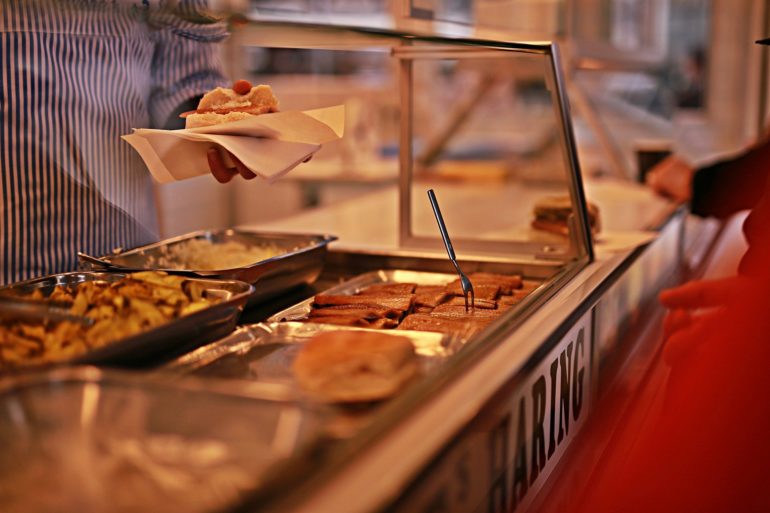
The management of a collective catering
La restauration collective, à l’inverse de la restauration commerciale, se différencie par son caractère social qui consiste à servir des plats à des membres d’une collectivité, c’est-à-dire une mairie, une école ou encore un EPADH.
Les repas sont facturés à un tarif bien inférieur à l’offre présente dans les restaurants classiques.
The different collective restorations
Dans un premier temps, il est important de comprendre quelles sont les différentes activités qui proposent de la restauration collective. Il existe 4 grands secteurs :
- School catering: i.e. crèches, middle schools, high schools and universities.
- Medico-social catering, i.e. hospitals, clinics and retirement homes
- Company catering, i.e. companies with an in-house restaurant within their structure
- Other catering, i.e. the army, prisons or summer camps.
D’un point de vue légal, les différentes catégories d’établissement sont divisées en trois grands pôles. La cuisine servant des repas consommés sur place, la cuisine centrale fabriquant des plats à livrer et les restaurants satellites généralement desservis par la cuisine centrale.
Catering management
There are two types of management in catering:
- Direct management, this is where the team provides management and catering.
- The management conceded, here it is a service provider who ensures the management of collective catering and supply.
Management in contract catering
To ensure the good development of the service, it is advisable to follow a training course in collective catering. This training is all the more essential for managers and supervisors.
L’objectif de la formation est d’enseigner les bases du management, mais également d’initier à la gestion des tâches quotidiennes telles que l’organisation des plannings et du travail, la résolution de conflits ou encore la réalisation de fiche technique.

Establish well thought-out menus
Il est très primordial de créer des menus pensés de manière à ce qu’ils soient attractifs et qu’ils donnent envie. Quel que soit le type de restauration collective.
Mettre en avant des plats tendances avec des variantes végétariennes, locales ou encore bio peut-être une réelle plus-value pour votre établissement.
Cela permet de fidéliser votre clientèle, mais également de réduire votre gaspillage alimentaire ce qui est non négligeable. En effet, avec un gaspillage alimentaire en restauration collective qui atteint les 30%, il est très important de surveiller ce pôle.
Special attention should therefore be paid to :
- The constitution of the menus
- Inventory and order management
- The quantities of preparation to be produced
Catering establishments are not subject to legal obligations on the choice of menus and food.
Néanmoins, des recommandations de la circulaire de 2001 en suggèrent. Certaines collectivités comme les cantines sont dans l’obligation de proposer quatre ou cinq plats pour chaque déjeuner.
The indicated portions must be respected.
Management software for contract catering
The essential tool in collective catering is undoubtedly a management software. Indeed, it is essential to follow the evolution of the various indicators of your establishment. Whether it is food waste, gross margin or sales evolution.
In particular, a catering management software must enable production planning. Based on given periods and catch rates, this allows you to anticipate demand and respond accordingly.
You must also be able to associate the different production tasks to your teams. And be able to follow the progress of each of these steps.
Enfin un logiciel de gestion doit vous assurer une vue d’ensemble de votre établissement, des dépenses aux bénéfices en passant par la gestion de vos stocks.
S’engager vers une Restauration Collective Durable
La gestion d’une restauration collective en France doit tenir compte de la loi EGALIM et du GEMRCN. La loi EGALIM encourage l’utilisation de produits locaux et biologiques, tandis que le GEMRCN émet des recommandations nutritionnelles. Ces deux éléments influent sur la planification des menus et nécessitent une adaptation des pratiques d’approvisionnement. En intégrant ces réglementations, les établissements contribuent à une alimentation plus durable et saine au sein des collectivités. La collaboration avec des fournisseurs locaux et la sensibilisation des équipes sont essentielles pour une mise en œuvre efficace.

